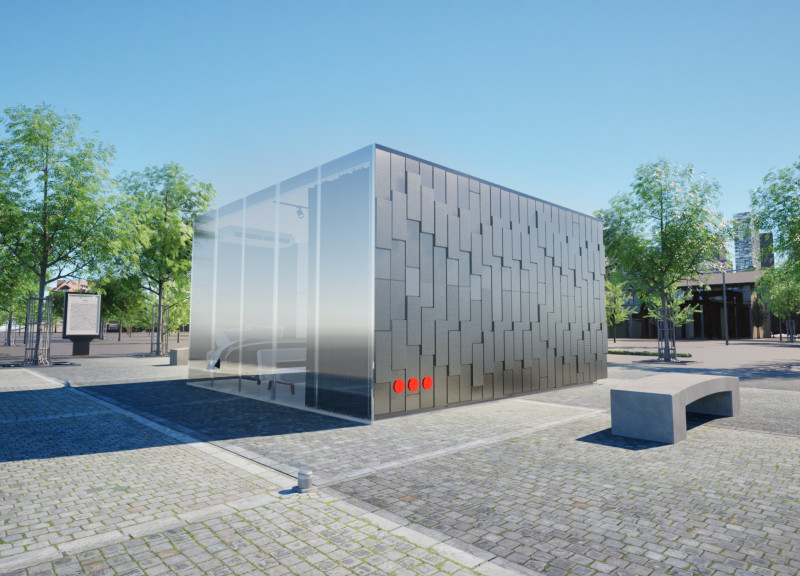5 key facts about this project
From the outset, the design emphasizes a harmonious relationship with the environment. The careful selection of materials contributes to this ethos, as the project features a blend of concrete, glass, steel, and wood. The use of reinforced concrete provides structural stability and durability, while the incorporation of glass facilitates natural light penetration, creating a welcoming ambiance within the interior spaces. Different types of glass, including low-E options, are selected to enhance energy efficiency, reducing the building's overall environmental impact.
Steel plays a critical role in the architectural framework, allowing for expansive open spaces and flexible floor layouts. Exposed steel elements are integrated into the design, providing a modern aesthetic that contrasts with the warmth of the wooden surfaces used in both the interiors and exteriors. The wood, sourced sustainably, adds a layer of texture and invites a sense of warmth, which balances the harder materials and creates a more inviting atmosphere.
The project’s design maximizes connectivity with the outdoors. Features such as large overhanging eaves and strategically placed balconies create transitional spaces that extend the interior into the surrounding landscape. This thoughtful interaction encourages outdoor activities and promotes community engagement, as residents and visitors alike can gather in these open spaces. Landscape design is also considered, with native plants integrated into the project, further enhancing its ecological benefits while ensuring that the architecture feels grounded in its geographical context.
Attention to detail is evident throughout the project, with particular emphasis placed on the functionality of key areas. The interior layout is designed to facilitate movement and social interaction, with communal areas seamlessly connecting to individual spaces. This design approach emphasizes a sense of community, allowing for both private and shared experiences within the building.
Unique design approaches manifest in various ways, such as the building’s orientation, which is optimized for natural ventilation and sunlight exposure. This passive design strategy not only improves energy efficiency but also contributes to the overall comfort of the occupants. Furthermore, special attention is given to technology integration throughout the architecture, with smart systems in place for lighting, heating, and cooling, enhancing both usability and sustainability.
The project demonstrates a forward-thinking perspective on architecture, embodying a commitment to environmental stewardship, community building, and user-centric design. By synthesizing innovative architectural ideas with practical considerations, it becomes a relevant example in modern architecture discourse. The architectural plans, sections, and designs tell a deeper story about the project’s intentions, revealing the intricacies of the design process and the thought behind each decision.
For those interested in gaining deeper insights into the architectural ideas that shaped this project, exploring the architectural plans and sections will provide valuable perspectives on the spatial dynamics and design rationale. In doing so, one can appreciate the meticulous approach that characterizes this noteworthy architectural endeavor.


 Denis Milani Adriano
Denis Milani Adriano 























